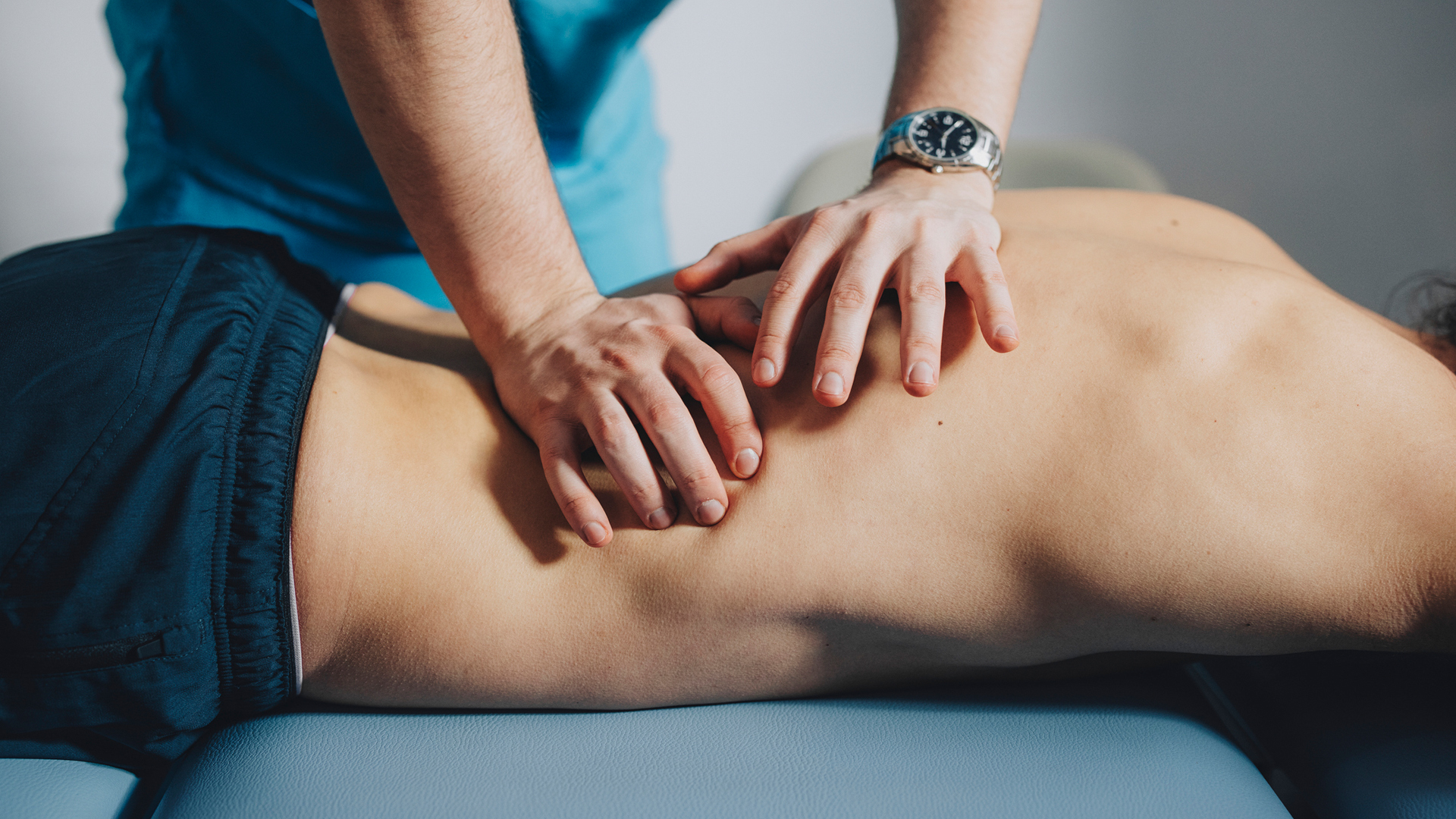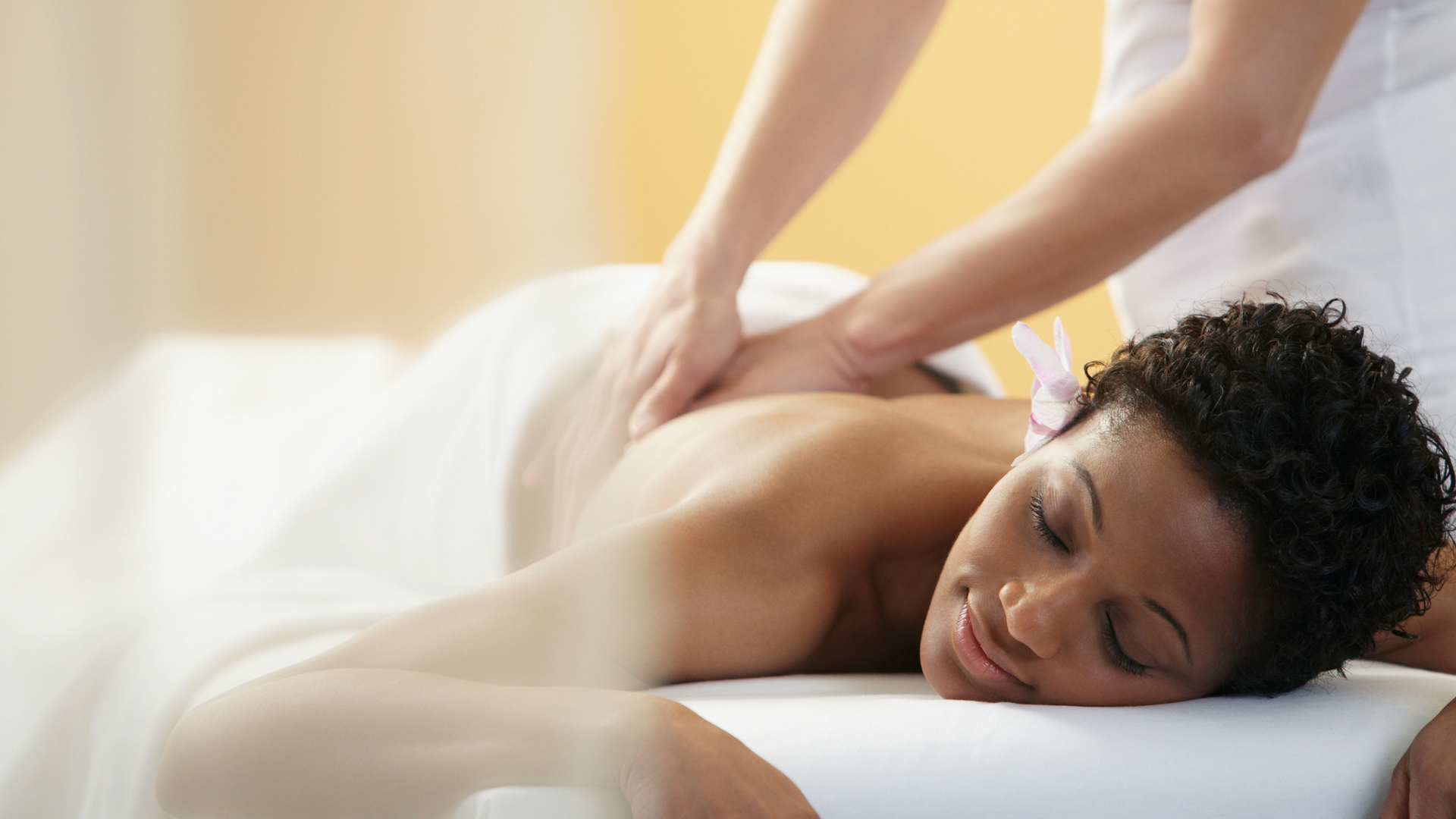
If you're looking to boost your blood flow, you may be wondering, does massage help circulation? While there are some circulatory benefits of certain types of massage, it's thought that far greater results can be found through other means, most specifically exercise. In fact, even light to moderate exercise can be more helpful than massage for improving circulation, including walking or yoga.
But that's not to say that massage doesn't have its place. Experts told T3 that as part of a healthy lifestyle, the practice can benefit blood flow – especially if you use one of the best massage guns on the market after exercise.
To explore how far massage (or even one of the best massagers you can use at home) can aid circulation, as well as other ways to better boost your blood flow, we spoke to doctors, physiologists, and physiotherapists to get their professional views.
Does massage help circulation?
In short: yes, massage can have a modest effect on circulation – but only to an extent. It's thought that there are much better ways of boosting blood flow around your body.
Lizzie Read, sports therapist for P3RFORM, explains: "We could consider ‘aiding' circulation to mean increasing the amount of blood flow to one area, or increasing the speed of circulation. However, when we massage the skin, we are not interacting with the circulatory system, and are having little – if no – impact on the circulatory system."
Dr Jeff Foster, a GP and physiologist agrees. "Massage can only help with superficial circulation, because you cannot massage your main arteries or veins without passing out," he says. "Therefore, the idea that we can superficially massage a small area to improve our circulation doesn't really work."
This isn't to say that massage doesn't have an effect on circulation at all. Physically manipulating the soft tissue of your body can and will cause blood to rush to the area, therefore increasing blood flow. But as Foster explains, this has a short-term, localised effect on your body, and likely doesn't contribute much to your long-term cardiovascular health.
Get all the latest news, reviews, deals and buying guides on gorgeous tech, home and active products from the T3 experts
However, there is an argument that the relaxing effects of a massage can improve your circulation indirectly. Sally Chamness, owner of Phoenix Health and Wellness massage clinic, explains: "Massage therapy can lower heart rate and blood pressure, which can help with circulation. So it's not the physical massage work having a direct impact on circulation, but the impact massage has on the nervous system overall."

While there remains some debate over whether massage can help circulation, there's likely no harm in implementing it into a healthy lifestyle. The best forms of massage for circulation are generally more intensive options, including:
- Swedish massage - According to Foster, this is ideal for sore muscles and stiffness, and is one of the best options for helping with anxiety and circulation.
- Myofascial release massage - "Myofascial release aims to relieve pain by manipulating the fascia – the connective tissues that surround muscles, blood vessels and nerves," says Foster. "This can help with circulation to a degree."
- Deep tissue massage - Foster says this is more painful, but can be more useful for injuries and connective tissue.
You could also try using one of the best foam rollers after your workouts, which is suggested to encourage blood flow to your muscles to help them repair.
What are the benefits of improving your circulation?
Good circulation is crucial for good health. Most importantly, it's vital for ensuring our organs function as best they can. Read explains that improved blood circulation improves the rate that oxygen moves around our body and reaches our organs, enabling them to function more effectively. When they function properly, they can also repair and heal faster too.
Foster also adds that improved circulation can lead to better removal of waste products from our bodies, as well as decreased blood pressure. And proper circulation of blood helps to bolster your immune system too, increasing the movement of your white blood cells which help to fight infection.
In turn, poor circulation can have some pretty damaging effects. This includes memory problems, erectile dysfunction in men, pain in your arms, legs and feet, fatigue, digestive issues, and in extreme cases, even blood clots. Read says that people who are not very mobile should consider boosting their circulation, as well as those who spend a lot of time sitting down.
Massage vs exercise: what will improve circulation the most?
Exercise is one of the best ways to improve circulation, and while Foster explains that all movement is beneficial, more intense workouts are generally better. Read also says that aerobic exercise is probably the best method. "While light exercise has benefits, the more intense the workout, the harder the heart and the muscles are working to more forcefully pump the blood around the body," she says. This means that cardiovascular exercises such as running, swimming, and HIIT workouts can all be incredibly beneficial. Just don't forget your best running shoes, or the best Fitbits for tracking your progress!
Yoga is also thought to be great for improving your circulation. Plus, it's much more low impact, so can be a good option for older people, or those with joint or muscle pain. Make sure you read our guide to the best yoga mats before you get started though.
However, exercise isn't the only way to improve your circulation. Other ways to improve blood flow include:
- Stopping smoking - This can be one of the most harmful things for your circulation, as it can cause arteriosclerosis; a build-up of fatty deposits in the walls of your blood vessels, which can severely restrict blood flow.
- Managing your stress - Severe stress, or prolonged stress, can cause your blood pressure to soar, which in turn restricts your blood vessels, hindering blood flow.
- Wearing compression socks - The best compression socks put gentle pressure on your legs to boost the flow of blood through your blood vessels. They're especially recommended for those who play sports or people traveling via airplane, where there is a risk of blood clotting.
- Eating plenty of fatty acids - Foods rich in Omega-3, such as oily fish and green leafy vegetables, can boost your circulation by protecting your heart, according to cholesterol charity Heart UK.

Amy Hunt is an experienced digital journalist who previously worked as Life Channel Editor at womanandhome.com. She began as the magazine's features assistant before moving over to digital as a News and Features Writer, before becoming Senior Writer, and then Channel Editor. She has worked on other women's lifestyle websites previously too—including Woman's Weekly, Goodto.com, Woman, and Woman's Own. In 2019, Amy won the Digital Journalist of the Year award at the AOP Awards, for her work on womanandhome.com.
She is obsessive about everything homes and interiors—whether she's sniffing out the very best deal on a KitchenAid stand mixer or keeping up the latest Dyson release. And when she isn't editing or writing articles on interior trends or the latest home gadgets, she's passionate about books—you'll usually find her with her nose in a gripping thriller at the end of the working day.
